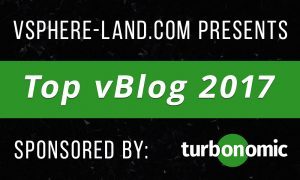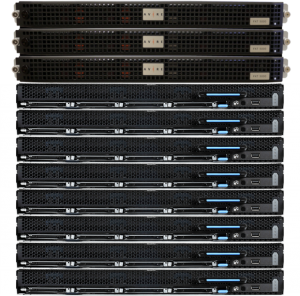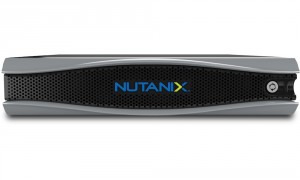It’s that time of year again when you’re seeing lots of “Vote for Me!” blog posts and tweets. This is not one of those posts.
 Yes, once again, Eric Seibert is running voting for the Top vBlog of 2017 on his really great blog vSphere-Land. (If it’s not already in whatever you’ve moved to since Google Reader went away, take a moment to add it now. I’ll wait.) Again this year, Turbonomic is helping to sponsor the voting.
Yes, once again, Eric Seibert is running voting for the Top vBlog of 2017 on his really great blog vSphere-Land. (If it’s not already in whatever you’ve moved to since Google Reader went away, take a moment to add it now. I’ll wait.) Again this year, Turbonomic is helping to sponsor the voting.
So, no, I’m not going to ask you to rush over there and vote for me. I am, however going to ask you to go there sometime before voting closes on 30 June 2017 and vote for the blogs (you can choose 12 of them) that you find to be:
- The most helpful
- The most informative
- The best
In the Big Scheme of ThingsTM, does being voted on of the Top vBlogs of 2017 really matter? No. No, it doesn’t.
However, I know that your favorite bloggers will definitely appreciate seeing their blog rise up a little higher in the rankings. I know that a lot of folks out there put a lot of time and effort into their postings — almost all of it during their “free” time — and almost all of them aren’t making any money off of their blogs. (Full Disclosure: From sponsorship, this blog earned slightly more than enough money to cover my hosting fees in 2016, netting approximately $16 USD for the entire year.
So thank them by taking the time to vote for the folks you read and are informed by, whoever they are — I know they’ll appreciate it. (Don’t get me wrong — if you’re having trouble thinking of who to give your 12th vote to, I’ll happily take it, but it won’t bother me in the least if you don’t vote for me at all, as long as you took the time to vote for folks you believe deserve the recognition.)
You can read up on the voting and cast your vote here.






